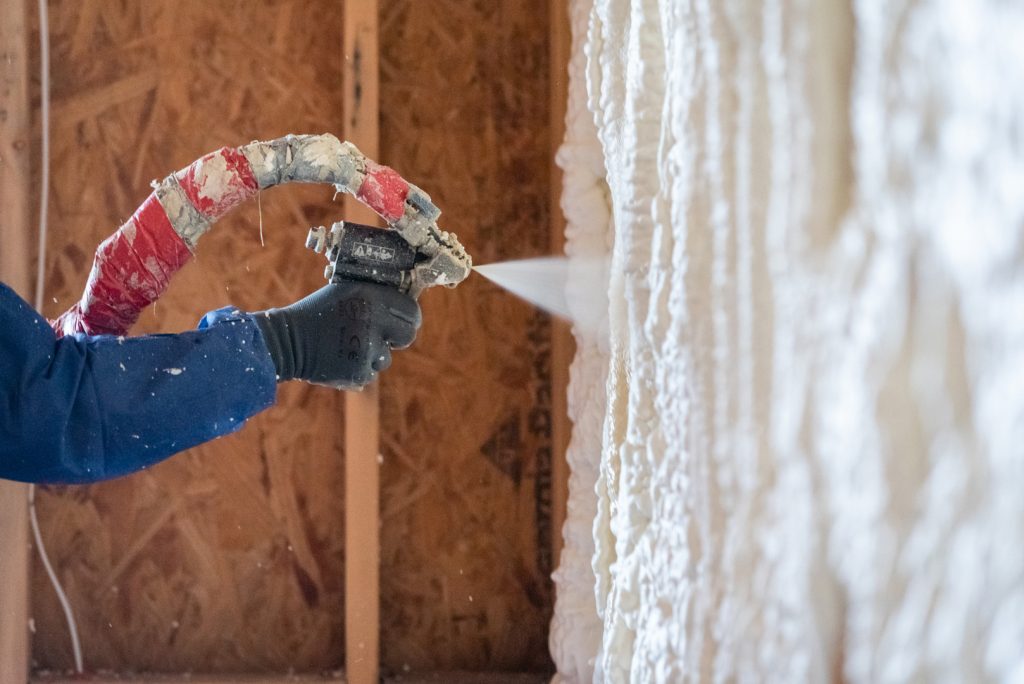In the pursuit of creating healthier living spaces, the role of insulation cannot be underestimated. Insulation not only contributes to energy efficiency but also plays a pivotal role in enhancing indoor air quality and reducing allergen exposure. Among the various insulation options available, spray foam insulation has gained prominence for its remarkable ability to resist allergens and create a more comfortable and healthier environment. Allergens, ranging from pollen and dust mites to pet dander, are common triggers for allergies and respiratory issues. Traditional insulation materials like fiberglass or cellulose can potentially harbor these allergens, creating an environment that is less than ideal for individuals sensitive to airborne irritants. In contrast, spray foam insulation offers a seamless and airtight barrier that reduces the infiltration of allergens from the outside environment. This characteristic is particularly beneficial for those with allergies, asthma, or other respiratory conditions. One of the key reasons behind the allergen-resistant nature of spray foam insulation is its expansive nature during application.

When spray foam is applied, it expands to fill gaps and crevices, creating a tight seal that prevents the entry of allergens. This minimizes the opportunities for outdoor allergens like pollen to infiltrate indoor spaces. Moreover, the impermeable nature of cured spray foam prevents the accumulation of moisture, which can lead to the growth of mold and mildew both of which are known contributors to poor indoor air quality and respiratory problems. Furthermore, the composition of spray foam insulation itself contributes to its allergen resistance. Spray foam is typically made up of polyurethane, a material that does not provide a suitable environment for allergens to thrive. Unlike other insulation materials that may degrade over time and release particles into the air, properly installed spray foam insulation remains stable, preventing the shedding of particles that could trigger allergic reactions. A critical aspect of creating healthier living spaces is ensuring proper ventilation. While the airtight nature of spray foam insulation may raise concerns about indoor air quality, modern building practices incorporate ventilation systems that circulate fresh air while maintaining energy efficiency and go to website.
This negates any potential drawbacks of airtight insulation, allowing homeowners to enjoy the benefits of allergen resistance without compromising on indoor air quality. When considering spray foam insulation for allergen resistance, it is important to emphasize the significance of professional installation. Improper application can lead to gaps and inconsistencies, which may undermine the insulation’s effectiveness. Engaging trained professionals who follow best practices ensures that the spray foam forms a complete and effective barrier against allergens. The choice of insulation material significantly impacts the quality of indoor living spaces. For those seeking to create healthier environments with reduced allergen exposure, spray foam insulation stands out as a compelling option. Its ability to form an airtight seal, expand to fill gaps, and resist the growth of mold and mildew collectively contribute to a reduction in indoor allergens. With proper installation and consideration of ventilation, spray foam insulation can be a valuable investment in improving indoor air quality and overall well-being.
